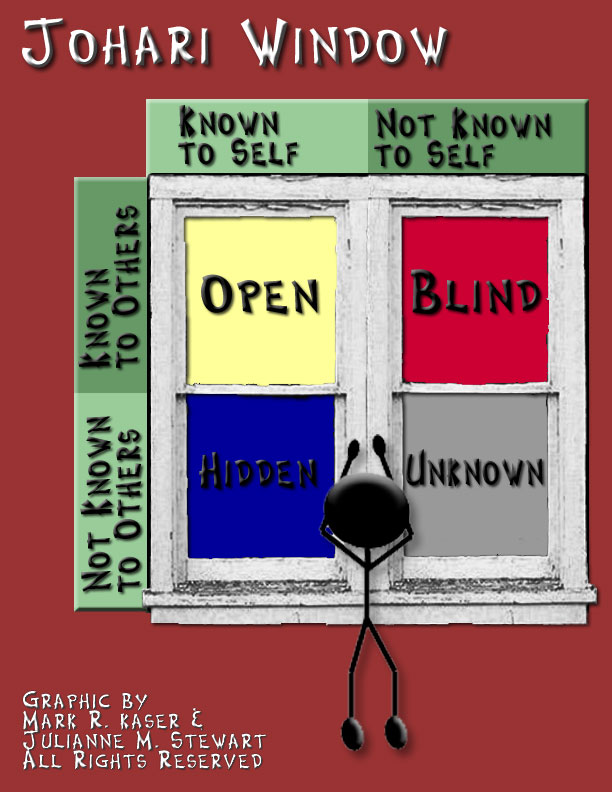Yesterday, we had a guest lecture of our school president, Hibiya Sensei. I think this is very rare and wonderful chance to have a direct lecture from the leader of our school. Before I had this guest lecture, I had not thought about taking any of the world language classes, nor learning abroad. However, after I had a lecture from her, I started to think about taking world language. I have not yet decided which language to take, so I would like to hear any opinion about any classes! :)
Since the lecture had changed my opinion towards world language class, I would like to give some advantages to learn foreign language, which we might use later in our life.
10 Benefits of Learning a Foreign Language
1) It makes you stand out.
2) It makes it easier to learn a second or third language.
3) It says something positive about you.
4) It allows communication with more people.
5) It increases advancement opportunities.
6) It increases your job opportunities.
7) It makes traveling easier.
8) It can extend your life.
9) It demonstrates you have a wide range of skills.
10) It promotes understanding of another culture.
These tips may be atarimae to the students in ICU, but I think it is valuable to realize about your ability again, to make full use of it.
I especially liked the “3) It says something positive about you”, because I agree to the idea that challenging and acquiring something, not only foreign language, may help you to be confident of yourself.
http://interculturalist.wordpress.com/2010/12/02/10-benefits-of-learning-a-foreign-language/
http://library.escondido.org/Data/Sites/2/media/images/research/languages.jpg

.jpg)









